patrick cooke sends call of the wild (wi6) at lake willoughby!
This is one helluva line.
“The route is Call of the Wild (wi6), which is a variation of Mindbender at Lake Willoughby, and branches off of MindBender to carve a path through some hanging daggers and curtains to the top.
Some years it forms as hanging daggers, while this year it formed as a hanging curtain, the hardest part of which was unlocking how to gain the face of it. No one had done it yet this year, so I had to find the best viable path.
The climbing is steep, even before you gain the hanging curtain. It requires 170 or so feet of WI5+ just to set up for the traverse left, which my partner led in 2 pitches to allow me to be fresh for the Call of the wild exit.
Then, just getting out to the curtain is still wi5+ climbing and required swinging into dinner-plating ice while not nailing hanging daggers above you on the back swing.
I definitely got pumped at times on call of the wild, especially in the section getting over to the curtain because of the awkward swinging positions and dinner-plating ice.
What I noticed though, is even if I got pumped and tired, I would relax into positions where I could get on my feet and found that I could get almost everything back.
Once I swung onto the face of the curtain itself, which was the steepest ice on the route, I honestly felt super solid and not physically worked. It's steep ice and super exposed, but the strength work I've done over the course of the last year, and the focus on steep work on my tools through the winter, including focusing more on steep mixed climbing, really gave me the confidence to know I could relax in that final stretch to the trees.
While the physical training definitely paid off, the most noticeable training effects were from the mental training and applying those lessons.”
“While the physical training definitely paid off, the most noticeable training effects were from the mental training and applying those lessons.”
“Perhaps the biggest takeaway is a concept you've discussed in accessing flow, which is to recategorize stress/anxiety as an opportunity.
I was feeling anxious about what the climb would entail throughout the day, but consciously pushed myself to embrace that as an opportunity to explore the experience and see where it led. This manifested itself in just going out there, realizing the curtain wasn't just a solid formation but instead a complex structure of smaller icicles loosely attached in places, and then needing to work up through that structure and through some pretty manky hanging ice of dubious quality.
At one point a sizable portion of that manky ice came down on me as I tried to tap my tools up into it to gain the curtain, taking out some of the ice I was using for feet as well. I retreated down to my last screw and reassessed. My partner and I discussed options, including bailing, veering back to Mindbender, etc... Once I'd brought my breathing in line, made sure I hadn't done anything too dumb to crack my helmet (the ice came right down on my head), and came to the conclusion that i was fine, I opted to head back up (the manky ice wasn't in the way anymore, making room for me to chimney up between a free-hanging dagger and the curtain), and kept re-assessing as I went. Each time I did, there was no reason to turn back!”
Call of the Wild, WI6, Lake Willoughby, Vermont, USA
“Two pieces we've worked on through Headpoint Training were "Notice When" and the use of mantras. I was constantly using "Notice When" to recognize attention leaks ("oh shit oh shit oh shit"... what if I fall on those screws?) and just focus on getting into good positions, breathing with purpose, and continuing upwards. I wanted a good screw once out on the face but wasn't really finding one.
Eventually, I re-centered and just moved up 10 feet to where the ice rounded back. This was a better option because I had the strength to move through that terrain to where it got easier, and the mental strength to know I COULD do that. I've long used the mantra of "find your feet" when climbing hard ice routes. on call of the wild, I never actually said it to myself, but in retrospect I realize that most of my time was spent doing exactly that. I recognized good positions with solid foot placements and was able to use them to rest and refocus.
Some other movement skills I've been working on in my sport climbing that came into play on the line: Kneebars, heel hooks, and arm bars between daggers and icicles made for some pretty good and unique resting positions in terrain that didn't just allow for the classic A-frame position found in ice climbing. I even did the heel-to-butt rest to squat on a mini-ledge on the corner of the curtain and lean against the free-hanger before putting my tools into the face and cutting feet to swing around!”
Nice freaking work Patrick. So proud of all of your effort + dedication over the last two years! Can’t wait to see what the rest of 2022 brings!
If you are interested in learning more about the physical and mental training we do with climbers, reach out to us at karly@projectdirectcoaching.com or patrick@projectdirectcoaching.com.



